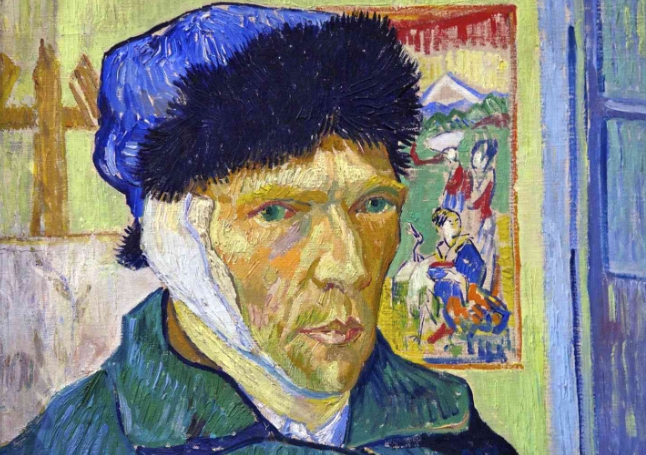Vincent van Gogh’s ‘Starry Night’ is one of the most famous and enigmatic paintings in the history of art. The swirling brushstrokes and vibrant colors create a sense of movement and emotion that has captivated audiences for centuries.
The Artist: Vincent van Gogh
Vincent van Gogh was a Dutch post-impressionist painter who is known for his bold and expressive style. Despite struggling with mental health issues throughout his life, he produced over 2,000 works of art, including ‘Starry Night’.
The Composition
‘Starry Night’ depicts a night sky filled with swirling stars and a crescent moon. In the foreground, a small village with winding streets and glowing windows can be seen. The contrast between the dark sky and the bright village creates a sense of depth and mystery.
The Brushstrokes
Van Gogh’s distinctive brushstrokes are a key element of ‘Starry Night’. He used thick, swirling strokes of paint to create a sense of movement and energy in the sky. The bold, expressive brushwork adds to the emotional intensity of the painting.
The Colors
The vibrant colors in ‘Starry Night’ are another defining feature of the painting. Van Gogh used a bold palette of blues, yellows, and whites to create a sense of contrast and harmony in the composition. The intense colors add to the emotional impact of the painting.
The Meaning
The meaning of ‘Starry Night’ has been the subject of much speculation. Some art historians believe that the painting reflects van Gogh’s struggles with mental illness and his longing for connection and meaning in life. Others see it as a meditation on the beauty and mystery of the natural world.
In Conclusion
‘Starry Night’ remains a masterpiece of modern art that continues to inspire and intrigue viewers around the world. Van Gogh’s bold brushwork, vibrant colors, and emotional intensity combine to create a painting that is both captivating and mysterious. Decoding the meaning of ‘Starry Night’ may never be fully possible, but its beauty and power will endure for generations to come.


